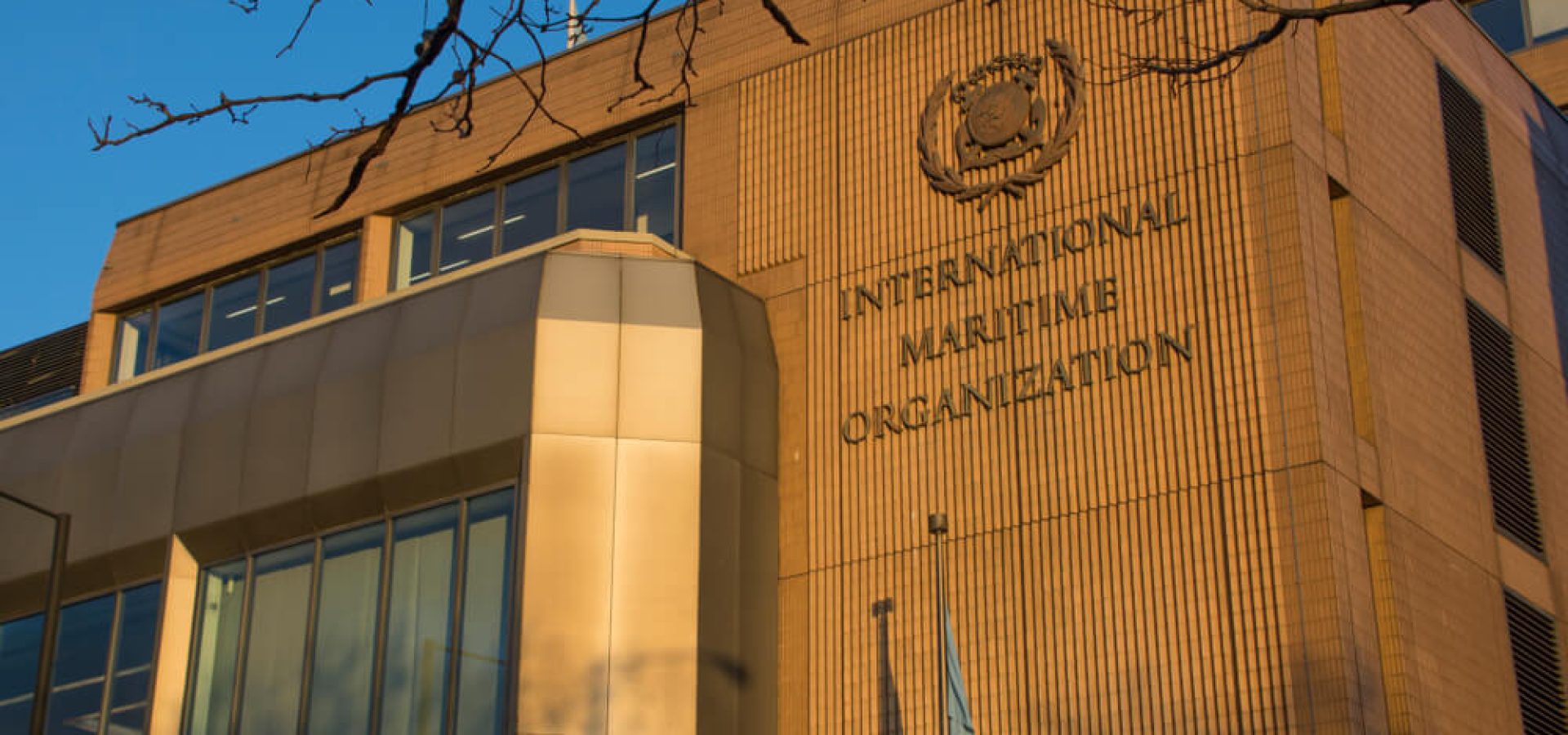For the last two years, the International Maritime Organization came up to a decision of capping the sulfur level of global marine fuels. The decision happened on January 1, 2020. Today, it has been the dominant story in the petroleum markets.
Among the many issues raised by the impending 0.5% cap on sulfur in marine fuels, some crude oil market participants are now questioning what the implications could be for the Forties de-escalator.
It is the key sulfur value modification mechanism that lies at the heart of the North Sea’s Brent crude complex.
To recognize what role the Forties sulfur de-escalator will take part in a post-2020 world. It’s essential to be evident about why it occurs in the first place.
In July 2007, the sulfur de-escalator was launched. It is to bring more steadiness of pricing for the North Sea’s Forties crude after the start-up of the massive, sulfurous Buzzard field that year.
In fact, it serves as a new input into the blend.
Basically, it has effectively stabilized pricing for a grade with a volatile chemical composition.
The feature of the Forties can differ substantially depending on the percentage of Buzzard crude in the blend at any offered time.
The immensely different nature of the Buzzard field can severely change the quality of the crude oils sold as Forties Blend.
The Buzzard percentage, together with the sulfur content of the Forties changes month to month.
Moreover, this year alone, the weekly percentage has witnessed a low of 23% and a high of 46%.
Meanwhile, in the Forties Blend, Platts launched the de-escalator. This is to pay compensation for the inherent uncertainty.
In addition, to effectively guarantee that the value observed for the Forties in the open marketplace could remain to be set by an estimated sulfur ceiling of 0.6%.
The Need of Forties Cargo to Offset

The de-escalator does not change the fact that any specific cargo might have more than 0.6% sulfur.
The requirement for Forties cargo seller is to compensate the buyer financially for every 0.1% of sulfur in a Forties cargo above the upper limit of 0.6% sulfur.
That one function is geology and blending. On the flip side, it does make sure that the value of the Forties in the open market won’t be overly volatile as a result.
Making sure of the consistency of value was critical for the market. It is since the grade was part of the basket of crude oils that underpin the physical Dated Brent assessment.
The delivery of cargoes also goes through the BFOE market.
Elsewhere, pricing uncertainty in one part of the basket could otherwise have had the ability to magnify across the rest of the assessment.
As a result, this could become a problem for the overall pricing stability.
Platts began issuing a de-escalator to signify the value of a 0.1 percentage point of sulfur. This is with the process of working with market participants.
Each month, Platts brings out a value for the de-escalator. These were all assessed based on an analysis of related markets.
The value of the de-escalator shifts regularly, mirroring a variety of market factors.
For a buyer to receive cargo with sulfur above 0.6%, they should be giving the seller an amount determined. The amount then would increase in sulfur level multiplied by the de-escalator.
In effect, this suggests that the price of the Forties reflects a crude of 0.6% sulfur. It is regardless of the eventual quality loaded.









COMMENTS